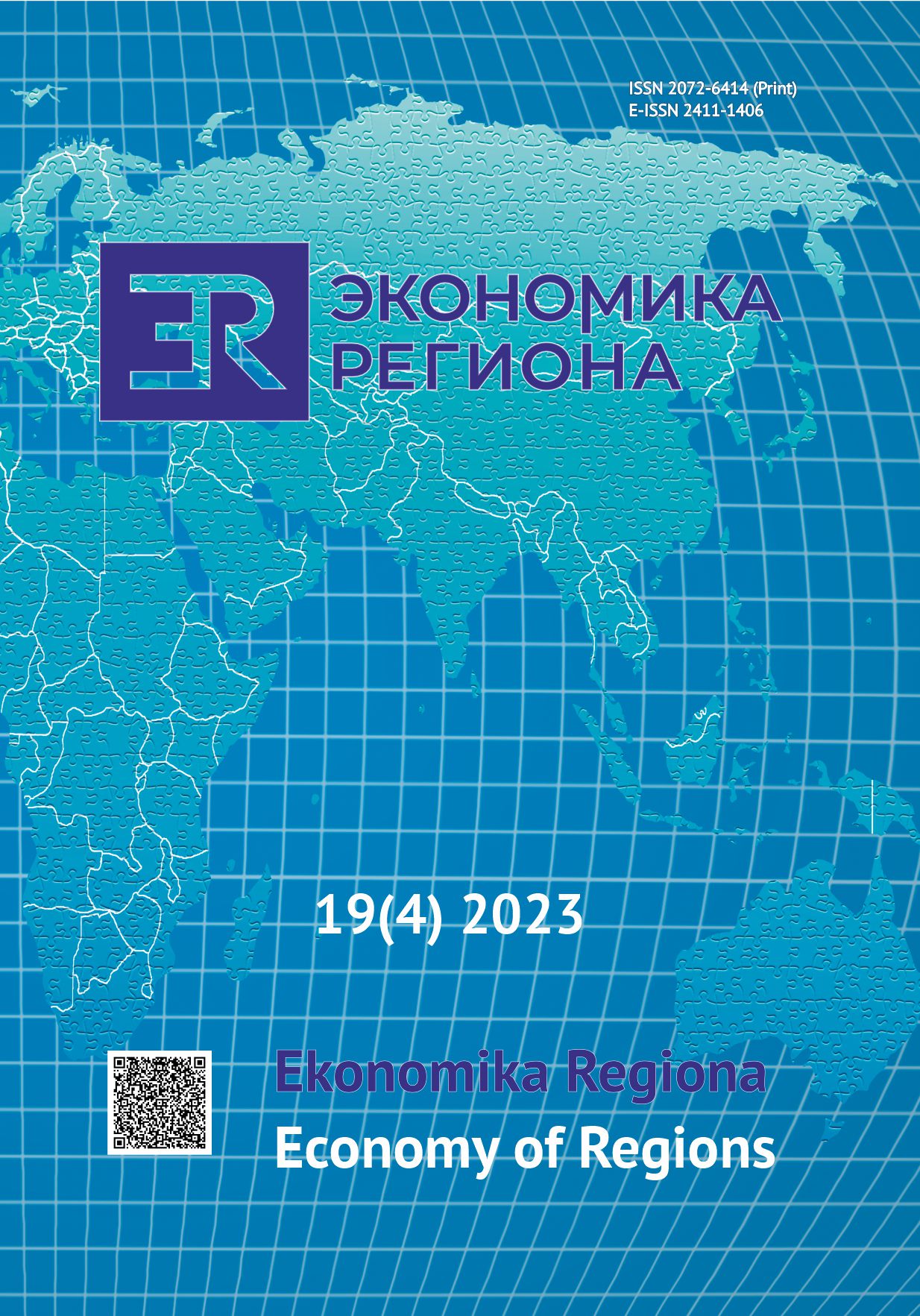Формирование интегрированной территориальной структуры внутреннего туризма
Formation of Integrated Territorial Structures of Domestic Tourism
Author(s): Petr P. Chuvatkin, Konstantin K. LevchenkoSubject(s): Economy, Tourism
Published by: Институт экономики Уральского отделения Российской академии наук
Keywords: integrated territorial structure; types of integration; management options; integrated tourism product; territorial integration; functional and management integration;
Summary/Abstract: In the context of intensified sanctions against the Russian Federation, it is important to improve domestic tourism, utilise diverse tourism potential, and develop tourist areas by forming integrated tourism structures (ITS) to overcome municipal (regional) administrative barriers. The study presents theoretical and methodological aspects of the formation of integrated tourism structures affecting Russian tourism under economic transformation. A systems approach based on structural and functional analysis, content analysis, as well as sociological research methods were applied. Conditions for the integration of tourist space include the possibility of integrating tourist and recreational resources, relative positioning of tourist destinations, complementarity of services, shared transport systems, and similar climatic conditions. Tourism integration can be divided into horizontal, vertical, and diagonal. The study demonstrated the advantages of diagonal integration, which implies the creation of a governing body coordinating the activities of tourism enterprises and the hospitality industry. An integrated tourism structure can be formed by combining tourist areas of the Sochi city district and Tuapsinsky district in Krasnodar Krai. The article proposed to establish ITS Council, composed of heads of settlements in these districts, representatives of tourism enterprises (associations) and the hospitality industry, and leaders of national diasporas. Further, the Council’s tasks were defined. Establishment of an integrated territorial structure can be economically effective, resulting in an increase in the provision of additional and complementary services to tourists. Diagonal integration contributes to the formation of an integrated tourism product by combining complementary tourism products, reducing dependence on seasonal factors, creating new jobs, and increasing regional gross tourism product. The obtained results can be used by public authorities in the field of tourism when creating regional spatial development concepts.
Journal: Экономика региона
- Issue Year: 19/2023
- Issue No: 4
- Page Range: 1135-1145
- Page Count: 11
- Language: Russian

